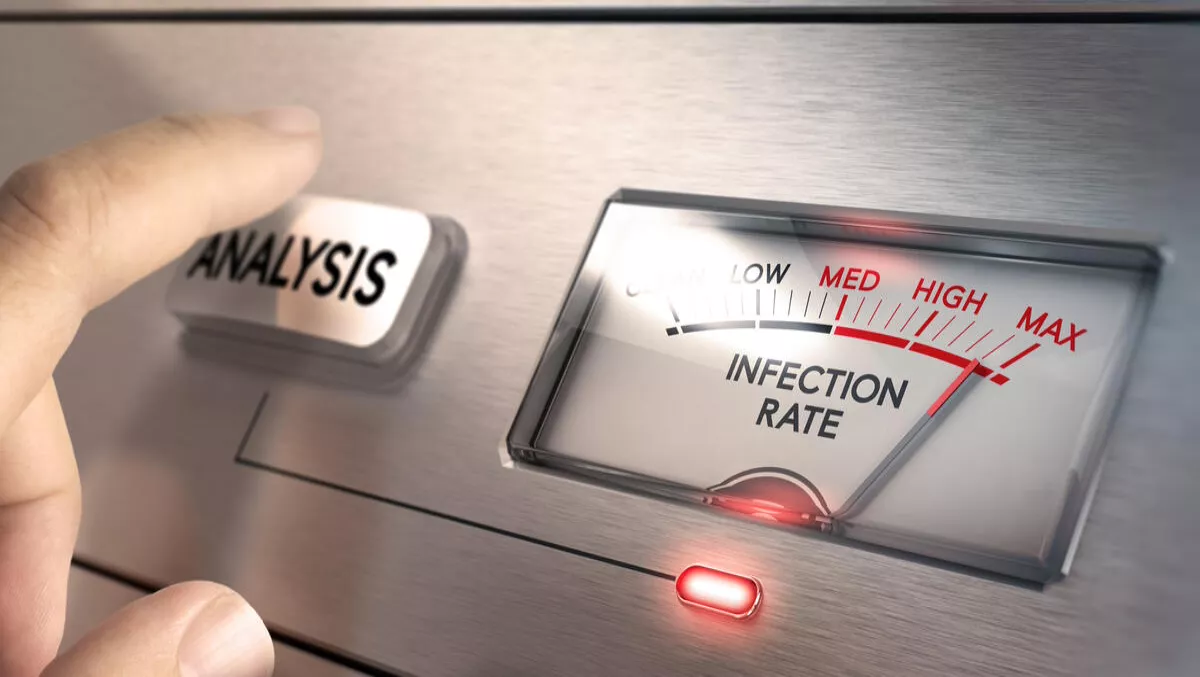
Healthcare organisations in the crosshairs of Gatak
The group behind the Gatak Trojan (Trojan.Gatak) continues to pose a threat with the healthcare sector heavily affected by attacks. Gatak is known for infecting its victims through websites promising product licensing keys for pirated software. While the group focused on US targets, it has diversified over the past two years and attacks are now taking place against organisations in a broad range of countries. Healthcare still most affected The majority of Gatak infections (62 percent) occur on enterprise computers. Analysis of recent enterprise attacks indicates that the healthcare sector is by far the most affected. Of the top 20 most affected (organisations with the most infected computers), 40 percent were in the healthcare sector. In the past, the insurance sector was heavily targeted by the group.
Figure 1. Sectoral breakdown of most heavily infected organisations Keygen website used to lure unsuspecting victims Gatak victims are infected using websites offering product key generators or "keygens" for pirated software. The malware is bundled with the product key and, if the victim is tricked into downloading and opening one of these files, the malware is surreptitiously installed on their computer.
Figure 2. Malicious keygen website offering product key for pirated versions of SketchList3D. Visitors who download a key will be infected with Gatak. Malware tools The Gatak Trojan (aka Stegoloader) has been used in attacks since at least 2011. There are two main components of the malware. A lightweight deployment module (Trojan.Gatak.B) can perform detailed system fingerprinting on infected computers and selectively install additional payloads. The main module (Trojan.Gatak) is a fully-fledged back door Trojan, which maintains a persistent presence on an infected computer and steals information from it. A notable feature of Gatak is its use of steganography, a technique for hiding data within image files. When Gatak is installed on a computer, it attempts to download a PNG image file from one of a number of URLs hardcoded into the malware. The image looks like an ordinary photograph, but contains an encrypted message within its pixel data. The Gatak Trojan is capable of decrypting this message, which contains commands and files for execution. Why healthcare? Little is known about the group behind Gatak, although the corporate nature of its targets, along with the absence of zero-day vulnerabilities or advanced malware modules suggest that it may be cybercriminal in nature, however there are also capabilities within the malware for more traditional espionage operations.
It is unclear how Gatak is profiting from its attacks. One possibility is data theft, with the attackers selling personally identifiable information and other stolen data on the cyber underground. This could explain the attackers' heavy focus on the healthcare sector, with healthcare records usually selling for more than other personal information.
Ongoing vigilance required
Since it first appeared five years ago the Gatak group has carried out a steady stream of attacks and the Trojan represents a serious threat to any organisation, particularly in the healthcare sector. Gatak provides a timely reminder that the use of pirated software can compromise security in addition to creating legal issues for an organisation. Along with using a robust security solution, organisations should regularly audit the software used on their network and educate staff about the dangers of using pirated or unapproved software.

